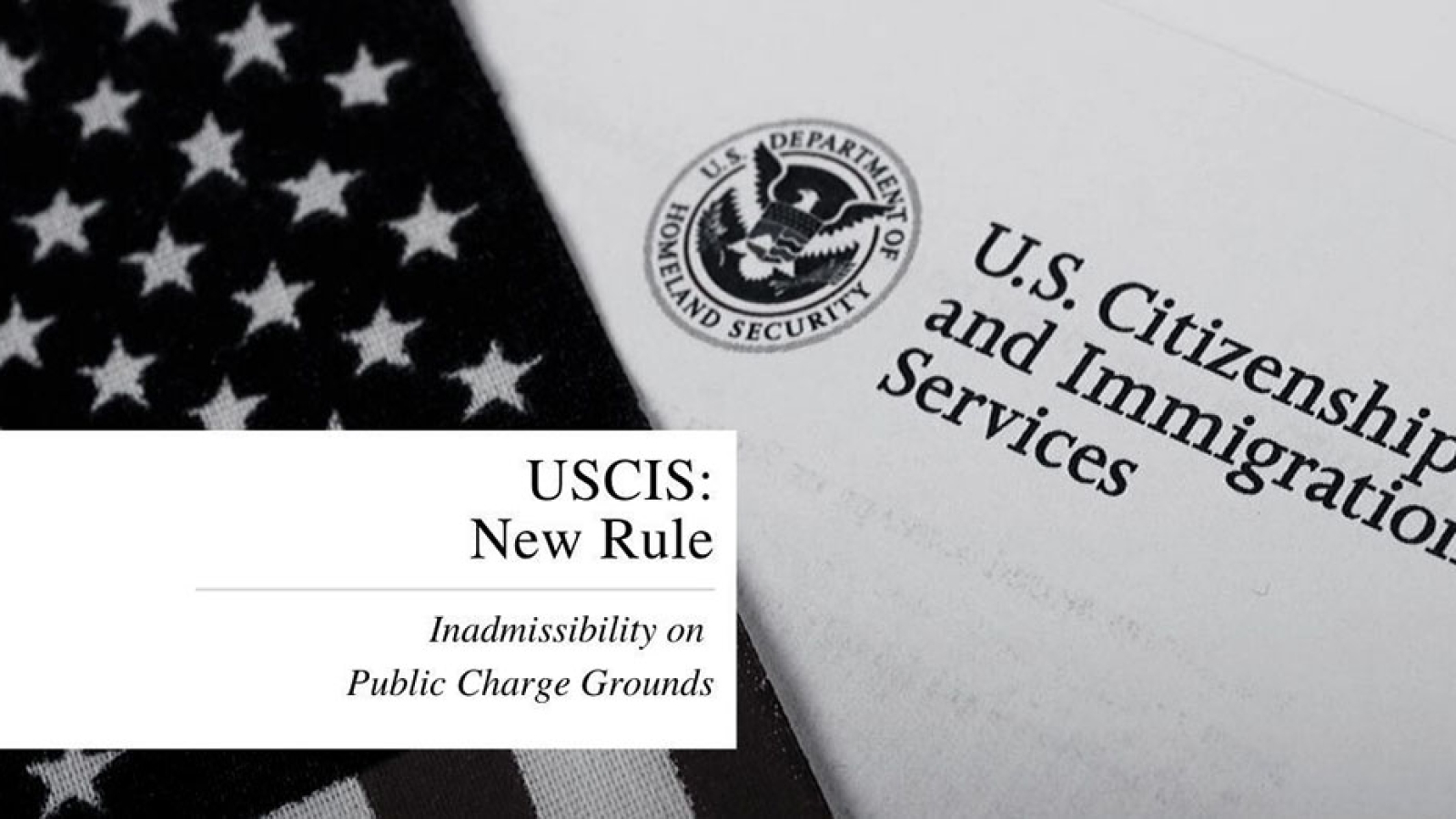Starting October 2, the overall increase in USCIS fees can be viewed as part of an “anti-immigrant” policy, which is undeniably “political” in nature.
Among these fee increases, the most noticeable change at first glance is the jump in the naturalization (citizenship) application fee. It went from $725 to $1,200—a staggering increase of $475. This clearly reveals an intent to make the citizenship application process more difficult. In other words, the government is not thrilled about immigrants obtaining citizenship and becoming voters. It appears to be an attempt to reduce the number of first-generation immigrant voters as much as possible.
Moreover, the cost of applying for a green card (permanent residency) has been raised in a way that is not immediately obvious. Although the I-485 application fee was lowered from $1,140 to $1,130—making it seem as though green card application costs decreased—this is, in fact, misleading.
USCIS has “deceptively” increased the overall cost of obtaining a green card. Previously, filing fees for work authorization (EAD) and travel authorization (Advance Parole) were included at no extra charge, but now separate fees of $550 and $590, respectively, are required. Given that most green card applicants typically apply for both work authorization and travel authorization, the total cost of a green card application has effectively risen by $1,015 (accounting for a $55 discount on the biometrics fee). By reducing the main I-485 fee by $10, USCIS is creating the illusion of a price reduction. The same is true for employment-based green card applicants.
Furthermore, when multiple family members apply for work authorization and travel authorization, the costs can rise dramatically. If the green card application remains pending for a long period, renewals for work authorization and travel authorization will also generate additional expenses. Consequently, these costs have increased more than one might initially realize.
In addition, only the work authorization fee for DACA recipients remains at $410, while all other applicants must pay $550. This appears to be a form of “compensation” for reducing DACA’s validity period from two years to one. In other words, by halving the DACA validity period, the overall cost effectively doubled, so it seems they felt raising the DACA work permit fee on top of that would be excessive.
Also, fees for the H-1B visa ($555), L visa for intracompany transferees ($805), and O visa for individuals with extraordinary ability ($705) will go up as well—likely aimed at making it harder for immigrants to obtain employment in the U.S. The fee for a change of status, which used to be $370, will increase to $400.
Meanwhile, some fees have been lowered. The green card renewal fee will drop from $540 to $445, and the biometrics fee will decrease from $85 to $30. The fee for an employer petition (I-140) will also be lowered from $700 to $555. Moreover, for certain applications that can be submitted online, applicants will be able to save $10 by filing electronically.

